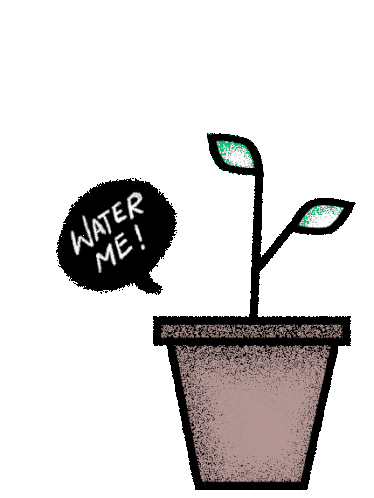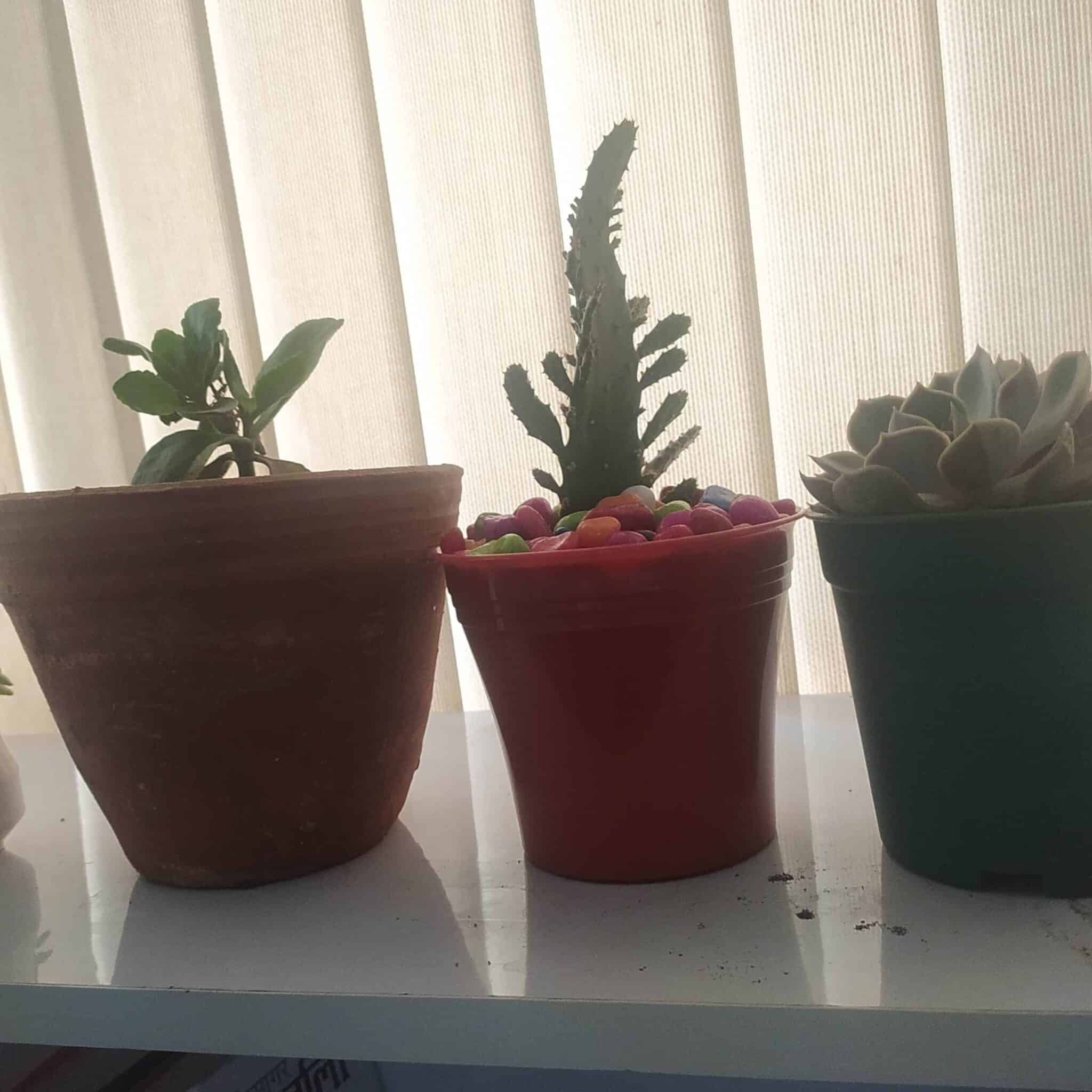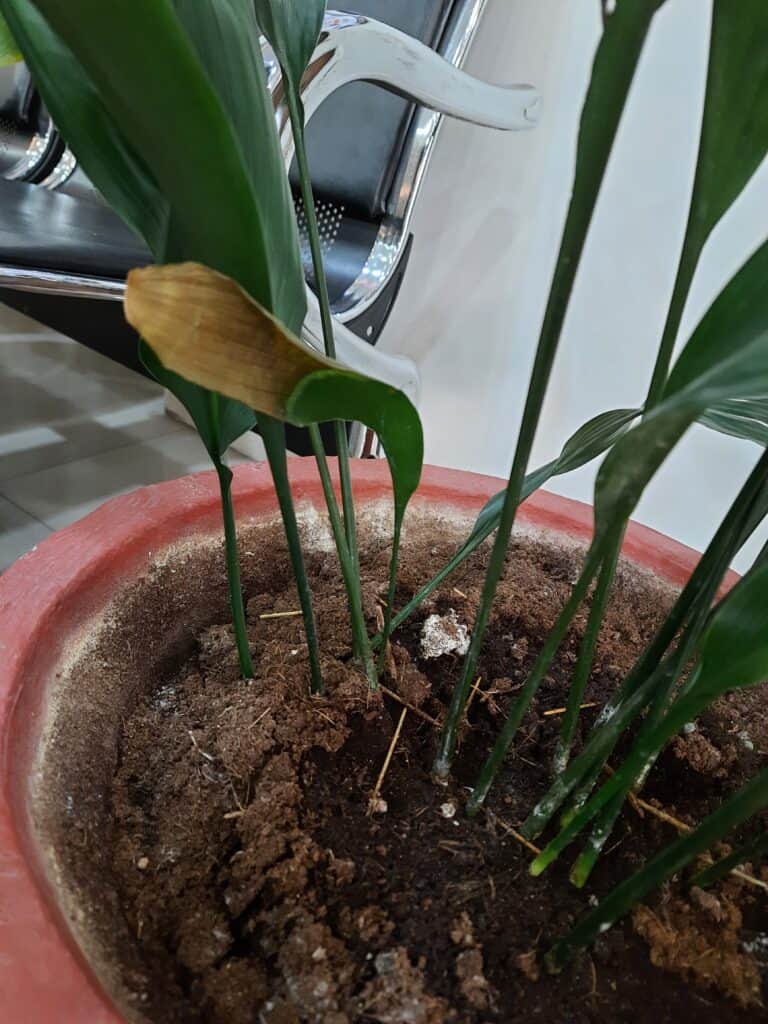Is Prayer plant leaves turning brown bothering you? Unsolved brown spots on leaves can signify a cry for help from plants.
The Prayer plant (Maranta leuconeura) belongs to the Maranta family, which is known to have a unique feature of diurnal leaf movement that gives its name.
The gorgeous leaves of the Prayer plant lay flat during daylight and fold up to resemble praying hands during nighttime.
The brown leaves of the Prayer plant may be caused due to various reasons.
This article will cover tips and tricks to fix your Prayer plant’s browning leaves.
Keep scrolling to understand the causes and solutions for the problem entirely.
Table of Contents Show
Prayer Plant Leaves Turning Brown: Causes with Solution
The Prayer plant needs well-maintained conditions to raise its luscious leaves.
The brown spots can dull the striking shades of red and green on the velvety leaves if the environment is unfavorable.
Unsuitable growing conditions with inadequate water, improper lighting, and humidity cause its leaves to turn brown.
Moreover, poor water quality, improper fertilizing, and temperature stress also cause the browning of the leaves in Prayer plants.
Sorry, I might sound rude, but the browning leaves of your Prayer plant show your negligence. However, don’t get panicked as these problems are quite solvable.
Prayer Plants go by many names, especially not to be confused with the Arrowroot, with both having similar care requirements!
Understand the cause, follow the below-mentioned tested methods, and see the change yourself.
1. Inadequate Watering
Watering depends on several other factors, like temperature, humidity, and light in your space.
But I can assure you that your Prayer plant doesn’t entertain the dry soil. Underwatering Prayer plants can cause the browning of their leaves.

Even though many houseplants thrive well in a bit of neglect, it is a NO-NO in the long run. You can see brown spots on the leaf margins and tips as symptoms.
However, you shouldn’t water much and make the soil soggy, as such conditions may cause fungal diseases.
Fixing the Underwatering Issues
- Water the plant thoroughly as soon as you see the symptom.
- Soaking the plant completely and letting the excess water drain out is the best way to water your Prayer plant.
- Small pots don’t hold enough water for a bigger-sized plant.
- Add peat moss or coconut coir to the soil to retain and moisten the water.
- Invest in a moisture meter to avoid possible dilemmas in watering your plant.
- Finally, water your plant twice a week to quench its thirst completely.
2. Poor Water Quality
Even though you are applying enough water to your Prayer plant, it may sometime develop brown leaf tips and edges.
Fluoride, chlorine, and other chemicals in the drinking water make leaves brown if the same water is used for your plant.
Fixing the Water Quality Issues
- Don’t use tap water directly on your plant.
- You can filter or distill the tap water to make it safe in the Prayer plant.
- Fresh rainwater is the best option you may provide your Plant with.
3. Improper Lightning
The vibrancy of the Prayer plant leaves is directly related to the light intensity. A Prayer plant belonging to the Brazilian rainforest loves sunlight.
Maranta, the growers beneath the canopy, longs for bright, indirect sunlight.
However, too much direct light burns the leaves. As a result, the leaves become brown and crisp dry.

Providing more than 2-3 hours of direct sunlight has a negative effect, like the browning of leaves on the beautiful foliage of the Prayer Plant.
To keep your plant glowing, maintain a minimum of 100-foot-candle to 200-foot-candle light intensity.
Fixing the Light Burnt Plant
- Remove the burnt leaves.
- Place your plant several feet away from the West or South facing window, as such windows receive maximum direct daylight.
- You can also use a light-colored curtain to provide filtered light to your Prayer plant.
4. Temperature Stress
Higher temperatures come hand in hand with the amount of light.
Too much direct sunlight increases the temperature around plants causing leaves to turn brown. It generally occurs because of dehydration.
Moreover, the cold draft also affects the Prayer plant and causes the leaves to turn brownish.
Fixing the Temperature Stress Issues
- Keep the Prayer plant in a place with temperatures of 60-80°F.
- Don’t keep the plant in direct bright sunlight.
- Avoid placing your plant near hot spots like heaters, fireplaces, stoves, or radiators.
- Also, don’t place your plant near a drafty window, single-pane windows, or outside during winter.
5. Low Humidity
Prayer plants are native to tropical climates. Hence they love and thrive in high humidity.
These plants need relative humidity of around 60% to produce luscious leaves. Besides, humidity below 40% makes the leaf edges turn brown.
Fixing the Low Humidity Issues
- Mist the plant regularly with a sprayer. Early morning is the best time to mist a plant as it will allow the water on leaves to dry up, preventing fungal infection.

- You can count on the humidifier to maintain the humidity.
- Grouping plants together traps the evaporating water and helps to increase humidity. But risk the plant with possible pests and disease infestation.
- Place small cups with water near the plant. You may as well place a tray with water below the pot so that water evaporates and increase the humidity around the plant.
6. Fertilizing Problems
Your favorite plant may develop browning leaves due to a lack of fertilizer or salt build-up in the soil.
Inadequate fertilizing change the foliage color, first making the leaves yellow, slowly turning brown, and the leaves may fall off.
Besides, the tips and margins of the leaves turn crisp brown if the salt build-up is the case.
Using concentrated fertilizer and fertilizing too often can cause salt build-ups, which can be detected by forming a whitish layer on the top of the soil.
The salt thus formed competes with the plant for water, so the plant gets dehydrated; as a result, leaves turn brown.

Fixing the Improper Fertilization Issues
- Feed the plant with necessary fertilizers to bring it back in no time.
- Apply diluted fertilizer with a 10-10-10 N-P-K ratio once every two weeks to keep your plant well-fed.
- Drench the soil with water to clean up the salt accumulated on the soil.
- Water the plant thoroughly for 5 minutes allowing excess water to flow from the drainage hole.
- Always dilute the fertilizer to half its strength before using it on the plant.
- Don’t let your plant be cramped for too long. Repot it to another larger pot to allow the roots to grow freely.
- You can use a nutrient-specific additive to provide the plant with missing nutrients.
- Apply organic or inorganic fertilizers to correct nitrogen deficiency. However, nitrate or ammonium-based fertilizers work the fastest.
7. Pest Infestation
Another less common reason for Prayer plant leaves turning brown is insect infestation.

These sap-sucking creatures stick into the plant drinking off from them, causing the Prayer plant leaves to turn brown. The higher the infestation rate, the more this browning is seen.
| Pests | Signs and Symptoms |
|---|---|
| Aphids | Red or green masses of soft, pear-shaped insects Curled, yellow or dead leaves |
| Scales | Cottony, cushion-like insects Leaf drop, blemishes on leaves |
| Mealy buys | White, fuzzy, cottony masses Stunted plant, yellow leaves |
Pest Infested Plant: What to Do Next?
- Dispose of your Prayer plant brown leaves if the infestation is at the point of no return.
- Shower the plant with clean water. This will help to remove all the insects residing on the plant. However, don’t apply water at high pressure.
- Use organic insecticides like Neem oil and insecticidal soap.
- 70% isopropyl alcohol can work great against scales and mealybugs. Dip a cotton ball in the alcohol and gently rub the leaves.
- It would be best to always focus on keeping your leaves dust-free and tidy.
- Occasionally, wipe the leaves of your plant with clean and damp clothes.
Should I Remove the Brown Leaves?
Yes, but you should be doing so only if more than 50% of the leaf has turned brown. The brown and dry part of the leaf won’t regain its life and be healthy again.
However, if it is on less than half of the leaf, it still serves its purpose to the plant by doing photosynthesis.
Removing the dry leaves helps healthy leaves to receive more nutrients and improve their appearance.
From Editorial Team
Conclusion!
Prayer plant leaves turning brown is generally not a severe problem initially. However, it may affect the whole plant if it is not handled in the initial stage.
It makes the plant look dull and may even kill your lovely plant. Therefore, it is necessary to solve the problem as soon as it is seen.
All The Best!
